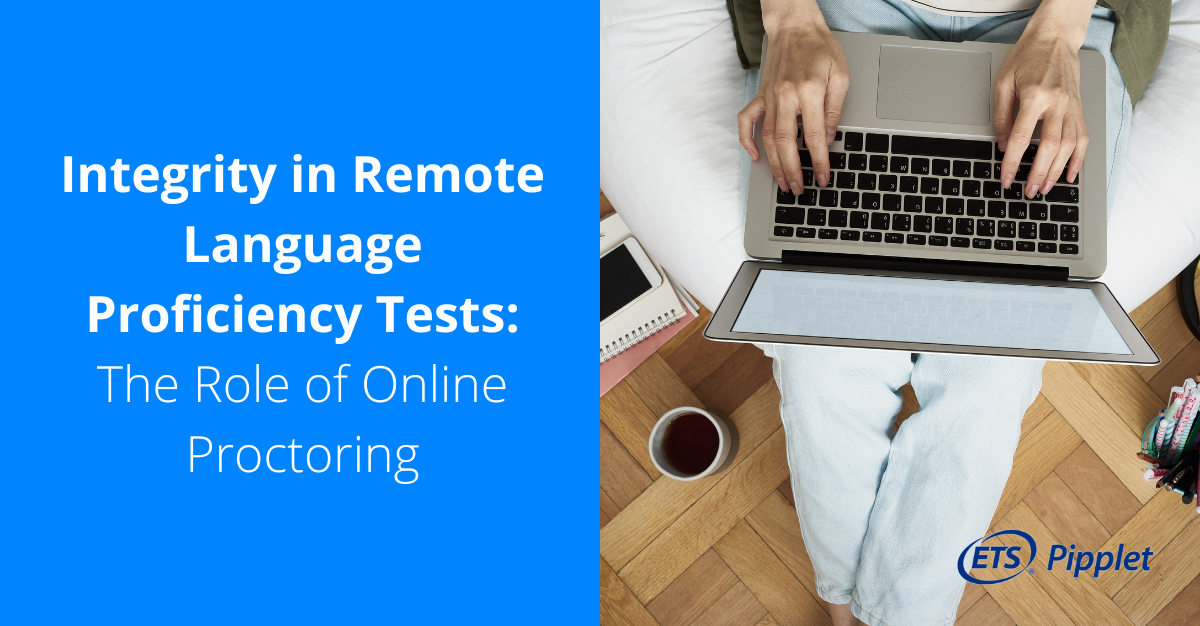Top 5 HR Priorities of 2022, According to Gartner
The growing popularity of hybrid work has forced companies to rethink the way they operate. This is leading to major restructuring and completely changing the way employees and employers relate. In fact, 65% of HR executives are expecting major business transformations in 2022 (up 11% from 2021).
Among the biggest challenges for HR departments: digital integration and workforce transformation.
Here’s a look at the top 5 priorities for HR leaders in 2022, according to Gartner’s report.
Build critical skills and competencies for a hybrid organization
Nearly 40% of HR executives say they are unable to keep up with the rapidly changing demands of society.
Since 2018, skills needed for sales, finance, and information technology positions have increased 6.3% annually. Additionally, nearly 90% of HR executives are concerned about employee turnover in 2022, which implies growing competition for talented and trained employees.
With this to consider, to manage talent more effectively HR executives and HR managers are expected to focus first in 2022 on developing the skills of their employees, through a skills-based management approach.
Gartner recommends these four fundamental principles to guide the development of a skills-based workforce:
- Share accountability for skills across the organization
- Collect dynamic skills data
- Use skills, not just roles, in talent decisions
- Incorporate skills into the talent management process
In brief, companies can improve their chances of organizational success by acting on factors they can control. By paying close attention to analyzing data about changing skills requirements across the organization, companies will be able to better adapt and find more flexible solutions.
Organizational and design change management
With so many changes in recent months, employees have become fatigued. Employee fatigue affects their intent to work in an organization, their feeling of inclusion, their trust in leadership, and their performance and talent for innovation. As a result, many HR leaders are looking for a formula to help them effectively implement organizational design.
Gartner reports that HR leaders' ability to influence day-to-day change, foster trust, and create cohesion in their teams depends in part on employees' positive experiences with change.
HR leaders are expected to empower their employees to make positive and impactful changes in the organization. By fostering what Gartner calls "moments of truth," leaders will be able to assess the impact of day-to-day and higher-level change on their teams and encourage employees to shape their own change experiences.
This way, employees will be able to directly influence the design and implementation of organizational change management strategies.
Strengthen the current and future leadership
The role of mid-level leaders is critical to team cohesion, effective crisis management, and building trust within an organization. Despite this, Gartner reports that only about 24% of HR leaders believe their methods for developing mid-level leaders are effective.
In today's corporate environment, HR executives believe empathy becomes important to develop the best mid-level leaders.
Of course, it is true that leaders may sometimes lack empathy skills. But HR leaders believe that such skills build trust with employees by putting people above the processes, adopting a growth mindset, creating transparency, fostering a culture of asking rather than demanding, maintaining confidentiality, and contextualizing employee thinking. This is why it is important and urgent to imagine today what the "leadership of the future" will be tomorrow, and empower mid-level leaders in that direction.
A clear strategy for the future of work
Human resource managers have been forced to rethink their workforce planning because of the pandemic. In a way, they have been subjected to this evolution. Many have struggled to understand how to create a future workforce strategy. As evidence of this, 49% of HR leaders still do not have a specific strategy for the future of work.
A number of new trends and impacts have emerged during the pandemic. This has led to many new best practices being developed and adopted by the top recruiters. With the increase of telecommuting, critical skills are no longer synonymous with roles, and organizations are placing more emphasis on resiliency.
To develop a strategic plan for the future of work, HR managers have identified two new imperatives:
- Looking at trends and figuring out how they impact the company's core business and capabilities or create new opportunities.
- Preparing employers and their employees for technological, social and labor market changes that could significantly alter talent needs.
By focusing on these two new imperatives, HR leaders can identify needed skills based on specific trends and environmental influences on business operations.
Diversity, Equity, and Inclusion
HR leaders recognize a lack of diversity in the executive ranks. In fact, 36% of HR executives say they have difficulty holding management accountable to Diversity, Equity and Inclusion (DE&I) goals. A DE&I program is essential for companies as it aims to promote representation, especially of those who have been historically or systematically underrepresented.
Gartner concludes in its reports that a lack of diversity negatively impacts employees' trust in their leaders. Employees need to see themselves represented by leaders who look like them. However, a majority of employees believe that their company's leaders lag behind when it comes to promoting underrepresented talent.
Minority employees are the most likely to hold frontline positions and less likely represented as you move up an organization. HR Leadership can facilitate adoption of a DE&I approach that can lead to more consistent accountability, meaningful behavior and outcomes.
This list of five top HR priorities has been compiled by Gartner after surveying over 500 HR leaders, 36% of whom were Chief Human Resource Officers or Heads of Human Resources in all industries and in 60 countries. You can access the full report here.
This synthesis has been written by Pipplet, the benchmark language assessment that helps recruiters save time and hire the best candidates.
Click here if you want to learn more about Pipplet. You can also
contact us.
Related stories
Pipplet info
10 rue de Penthièvre, 75008 Paris
RCS Paris 813 493 673 00012
Pipplet 2022.
Tous droits réservés
Copyright © 2023 par Pipplet. Tous droits réservés. Toute utilisation ou reproduction non autorisée est strictement interdite. Pipplet est une marque déposée de Pipplet. ETS et le logo ETS sont des marques déposées d'ETS, utilisées sous licence en France par Pipplet.









